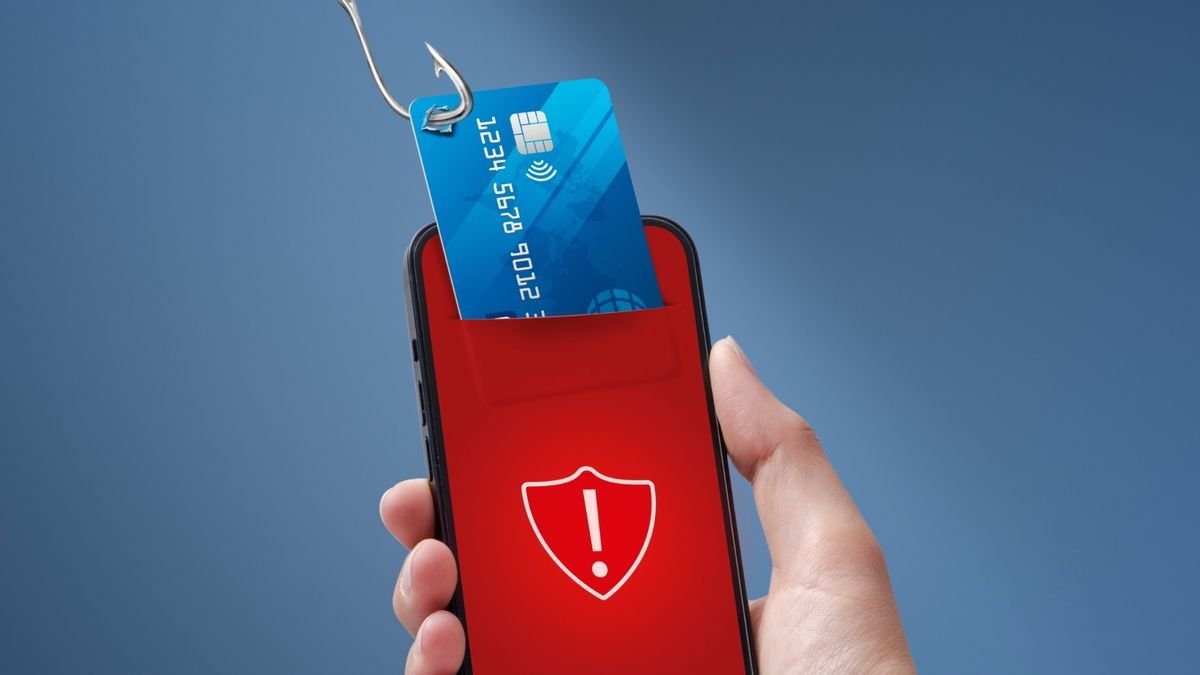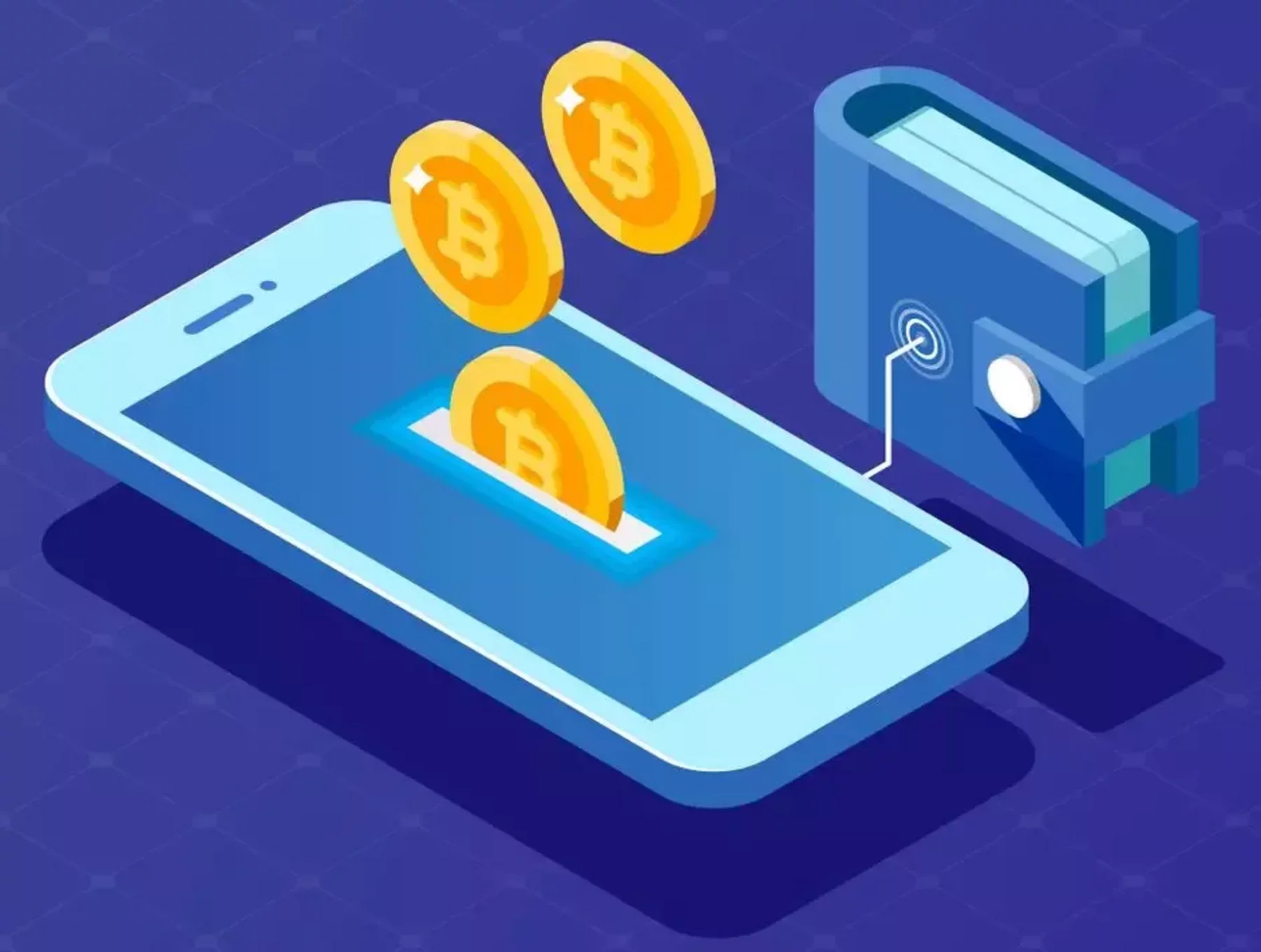The convenience of SMS-based one-time passwords (OTPs) has made them a popular choice for two-factor authentication (2FA).
However, beneath their ease of use lies a hidden world of vulnerabilities that threaten the security of your online accounts. This in-depth exploration delves into the risks associated with SMS OTPs, offering a comprehensive look at why they are no longer considered a safe option and providing actionable advice for safeguarding your digital identity.
The Perfect Storm: Vulnerabilities of SMS OTPs
While SMS OTPs have been widely adopted, they suffer from fundamental security flaws that make them susceptible to a variety of attacks:
- Social Engineering: Hackers can manipulate individuals into divulging their OTPs through deceptive tactics like phishing and vishing (voice phishing). Even without sophisticated technical skills, malicious actors can exploit human trust and trick The Silent Security Threat in Your Pocketinto handing over their authentication codes.
- Network-Level Attacks: The SS7 (Signaling System 7) network, which underpins global SMS delivery, has inherent weaknesses. Hackers can exploit these vulnerabilities to intercept and redirect SMS messages, including OTPs. This means your codes could be compromised even before they reach your phone
- Data Breaches and Insider Threats: Your phone number, which is tied to your SMS OTPs, is often stored by various online services. In the event of a data breach or an insider threat, malicious actors could gain access to this information and potentially use it to hijack your accounts.
- Device Compromise: If your phone is lost, stolen, or infected with malware, your OTPs are at risk. Malware can surreptitiously read your incoming messages, giving attackers access to your authentication codes without your knowledge.
Real-World Consequences: Stories from the Trenches
The risks associated with SMS OTPs are not theoretical. Countless individuals and organizations have fallen victim to attacks that exploited these vulnerabilities. From SIM swapping attacks that drain bank accounts to sophisticated phishing campaigns that compromise sensitive data, the consequences of relying on SMS OTPs can be devastating.
Personal Anecdote: A Targeted Attack
A colleague of mine recently experienced a harrowing incident. She received a series of text messages that appeared to be from her bank, claiming suspicious activity on her account. The messages urged her to click on a link and enter her OTP to secure her account. Fortunately, she recognized the signs of a phishing scam and contacted the bank directly. However, this incident served as a stark reminder of the constant threat posed by SMS OTPs.
Moving Beyond SMS OTPs: A Paradigm Shift in Authentication
The security landscape is evolving rapidly, and authentication methods must adapt to keep pace. The good news is that there are more secure and reliable alternatives to SMS OTPs. Authenticator apps, hardware security keys, and biometrics offer enhanced protection against the vulnerabilities that plague SMS-based authentication.
- Authenticator Apps: These apps generate time-based codes on your device, adding an extra layer of security compared to SMS OTPs.
- Hardware Security Keys: These physical devices, which you plug into your computer or phone, provide an even higher level of protection by requiring physical possession for authentication.
- Biometrics: Fingerprint scanning and facial recognition offer a convenient and user-friendly way to verify your identity without relying on codes sent via SMS.
Taking Control: Steps to Enhance Your Security
While transitioning away from SMS OTPs is crucial, you can take additional measures to fortify your online defenses:
- Enable Two-Factor Authentication: If a service offers 2FA, use it! Even if SMS OTPs are the only option, it’s still better than relying solely on a password.
- Be Vigilant: Exercise caution when receiving unsolicited text messages, especially those requesting personal information or OTPs.
- Use Strong Passwords: Create strong, unique passwords for each of your online accounts, and consider using a password manager to help you keep track of them.
- Update Your Software: Keep your phone’s operating system and apps updated to ensure you have the latest security patches.
Embracing a More Secure Future
SMS OTPs, while once a convenient solution, have become a liability in the ever-evolving landscape of cybersecurity. By understanding the risks and embracing more robust authentication methods, you can take proactive steps to protect your online accounts and sensitive information. The future of authentication is here, and it’s time to leave SMS OTPs behind.



















Add Comment